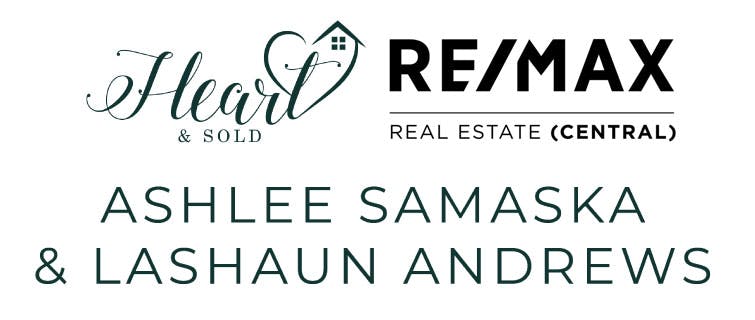What Are Trigger Rates?
First, here is a basic rundown of trigger rates: This is the interest rate level where lenders can revise borrowers’ total payment amount, even if the mortgage payments are fixed. Additionally, the trigger rate will apply to variable-rate mortgages and borrowers who have agreed to a fixed-payment schedule.
But not everyone needs to worry about trigger rates. Trigger rates do not impact fixed-rate mortgage holders and variable-rate mortgage holders with adjustable payments.
Trigger Rates: A Primer
Now, it is time to dive into the nitty gritty of trigger rates.
The trigger rate is usually employed to ensure residential property owners possess the ability to build equity with payments. The trigger rate is based on a wide array of factors, including current market interest rates. At the same time, borrowers will have different trigger rates – there is no one-size-fits-all policy.
80% of variable-rate mortgage holders with fixed payments had ignited trigger rates.
In December, staff economists at the Bank of Canada (BoC) published a report that found roughly 80 per cent of variable-rate mortgage holders with fixed payments had ignited trigger rates.
When a mortgage payment is made, a portion goes towards the principal (the amount that is borrowed and must be repaid), and another portion is dedicated to the interest (the cost of borrowing the principal amount). For variable-rate mortgage holders, the amount that is directed toward the principal versus the interest charged will depend on the financial institution’s prime rate.
When the prime rate decreases, borrowers pay more towards the principal. When the prime rate increases, a greater amount of the payments is allocated toward the loan’s interest.
So, what does this have to do with trigger rates? Everything!
They are triggered when interest rates exceed total payments. So, in other words, the interest rate has risen so much that your payments are insufficient to cover the interest between payments, and you are no longer building any equity since payments transferred to the principal have ceased paying the principal.
Ultimately, the trigger rate triggers an increase in the balance owing, and your regular payments are insufficient to cover the cost of borrowing. The entire payment is now being transferred to the interest; any amount still owed is classified as deferred interest and added to your balance.
Put simply, borrowers who hit the trigger rate have essentially stopped paying their mortgage and are instead borrowing more. This concept is also referred to as negative amortization.
Fundamentals of Trigger Rates
Lenders have different ways of calculating it based on the mortgage amount, monthly payment, and interest rate, which can be found inside the mortgage contract.
This rate is based on the assumption that the borrower has not made any prepayments. If a prepayment is made, that amount is applied to the principal. In this scenario, the trigger rate would be higher. It is always a good idea to be aware of the trigger rate as it can affect your budgeting and long-term finances.
Generally speaking, the formula used to calculate the trigger rate is: (Payment amount X # of Payments per year/Balance owing) X 100 =Trigger rate in per centage.
While lenders may use slightly different versions of this formula, this is a reliable metric to estimate the trigger rate if needed.
Meanwhile, nothing is required on the borrower’s part when the trigger rate is pulled. Lenders will inform borrowers that their payments are no longer enough to cover the mortgage. They will outline the options and help reach an informed decision.
There are four possible options that a borrower will have to evaluate.
- First, they could either change their payment so that some of the amount goes towards the principal.
- Second, they could choose to make a prepayment that would push the trigger rate higher, increasing the monthly payments and giving more money to the principal.
- Third, some lenders may recommend switching to a fixed-rate mortgage. This could be a viable option for the short term if there are no penalties and you can lock in a good interest rate. But in the long run, switching could potentially end up costing you more.
- Lastly, the final option is to pay the mortgage balance completely, enabling the borrower to avoid the trigger rate altogether.
Avoiding Trigger Rates
It is generally recommended that to avoid the trigger rate altogether, borrowers ensure their mortgage is on track. They could also increase their mortgage payments before they reach the trigger rate if they can afford it. Staying under the trigger rate can help borrowers avoid reaching this situation altogether. However, not everyone can afford to pay off their mortgage entirely or increase their payments. The reality is that rising interest rates can have long-term implications on a person’s financial health.
In the end, it is always a prudent idea to keep an eye on your mortgage and know how to avoid a difficult situation if your financial circumstances allow it.


